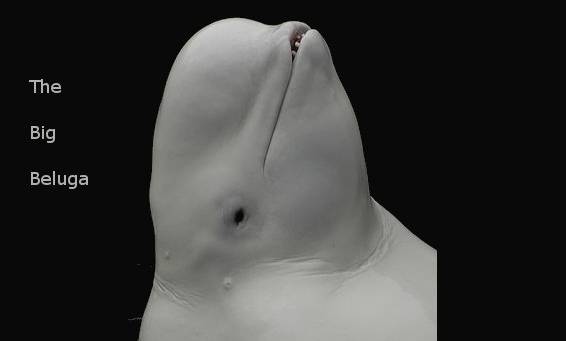At this point I will hopefully be able to start writing more about Science and the Philosophy of Science. One thing that I find interesting is that it is useful to define a topic by juxtaposing three related subjects. For example, say I was discussing the History of Science and I chose to discuss the origins of Science by focusing on Classical Greece. I would probably be focusing on Socrates, Plato and Aristotle. These three subjects under an umbrella topic I describe as a "triple".
Although using a Triple seems relatively arbitrary, it is not. I developed the idea after reading about the Science of Chaos. The modern study of this Science originated with a meteorologist named Edward Lorenz who was making an early attempt to model weather patterns using three different differential equations on a computer. At that time his results were printed out numerically on long sheets of paper. He noticed that the results he obtained varied quite a bit based on the initial values that were used to seed the differential equations. In fact, due to the computers rounding errors, the model varied even when he attempted to use the same values. This would be very frustrating to most researchers because it was not yielding those nice linear "cause and effect" type of relationships that are so valued in scientific research.
Lorenz had the fundamental insight to take a step back and attempt to understand the overall variation of his model. He found that, although the results from run to run seemed to vary randomly, overall the model converged within some distinct limits. This convergence became known as an "attractor" and eventually it was found that many seemingly chaotic systems actually had attractors.
Dynamic systems that give rise to this complex behavior that became known as "Chaotic" even though there is an underlying order to them. They have certain characteristics that makes it possible to identify them, one is that they have sensitivity to initial conditions. They also appear random but have periods where they appear more regular and they also tend to have at least three interacting properties. Lorenz's initial weather model had a sensitivity to initial conditions that seemed to imply that the movement of a butterfly's wings could cause extreme variation in the weather at some later time at a place far removed from the butterfly. For this reason, it was called the "Butterfly Effect". The attractor formed by the equations which Lorenz studied is formally known as the Lorenz Attractor, but it also has a vague butterfly-like appearance.
It dawned on me from reading this work that many of the complex systems in our lives that we wish to model have often been simplified to one or two variables to keep them tractable. In fact, if we want to discover the richness of many dynamic systems, then it is necessary to open this up to at least three interacting variables. The cost of this opening up is to lose a lot of the determinism that we seem to crave in life but the payback is a system that provides a suitably complex environment from which realistic and lifelike behavior can emerge.
Later on I was concentrating on Artificial Intelligence (AI) research in order to better understand how I made decisions. Once again it occurred to me that any models that we make that will be sufficiently complex to employ in real-world situations will have properties of dynamic systems. Hence they will require at least three interacting variables or concepts. From these interactions new, exciting and unanticipated relationships emerge.
Once I had considered this I began to notice that many books and movies rely on the interplay of at least three subplots in order to create excitement and variety within the main plot. So this is what I am hoping for in employing Triples, creating new and insightful ideas based on the interplay of at least three older and more established concepts.
Wikipedia entry on Chaos Theory
Chaos by James Gleick
Tuesday, April 6, 2010
Subscribe to:
Post Comments (Atom)


No comments:
Post a Comment